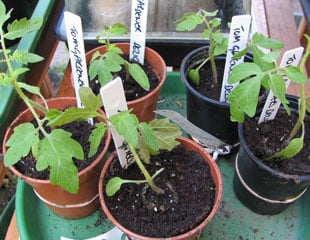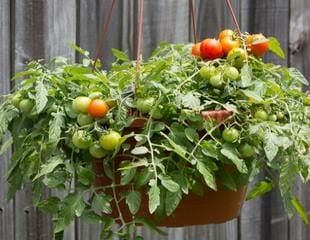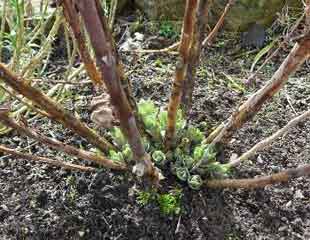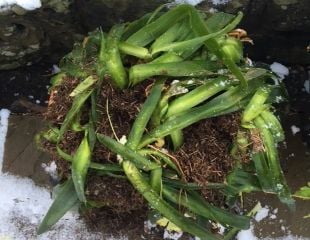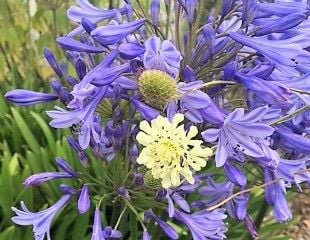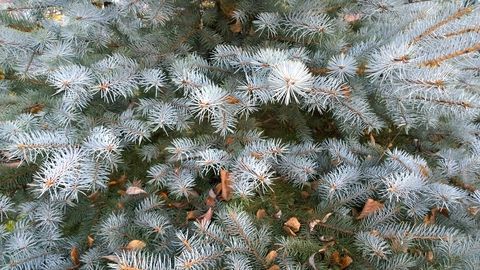Best Christmas Trees for Containers
Rather than cut down a fresh tree each year, more and more of us are opting to grow a Christmas tree outside in a container or in the garden to decorate each year.
To grow a tree in a container in the medium to long term the tree selected needs to be relatively slow growing and of a modest sized tree. The traditional varieties of Christmas tree are not suitable to being grown in a container or small garden; they all get too large.
When buying a cut Christmas tree, typically the selection offered to us for sale will be the Norway spruce (Picea abies ) which is a fast growing tree ultimately reaching 55 meters. The Nordmann fir (Abies nordmanniana ) although slightly slower growing it will get to a very similar size over time, as will the Douglas fir.
A Christmas tree to keep and grow on in a container really need something which looks like a Christmas tree, but is smaller and much slower growing so it will not get too large.
Whichever tree is selected, all container grown trees will need to be kept well-watered throughout the year. As always when growing any shrub or plant in a container, there is an increased risk of the roots drying out and regular watering is essential. Plant into a large container with built in growing space but not so huge the new tree is lost. In terms of compost check the variety you choose with your retailer as some are best in ericaceous compost.
Ideas for Containter Christmas Trees
The Alberta spruce is a contender, although ultimately reaching 3m, picea gluca var. albertiana ‘Conica’ is very slow growing. It is an evergreen, conical in shape with a slight blue tinge to its foliage. It can be kept in a container and is best in ericaceous compost. You can prune it in the autumn to maintain the conical shape if there are wayward branches.
Also suitable is the Spanish fir abies pinsapo ‘Aurea’ which has the RHS award of garden merit. It is also an evergreen conifer growing up to around 1.5m with greyish blue colour. It can be container grown in neutral to slightly acidic compost and will tolerate partial shade.
Check out Christmas trees in containers at Crocus.co.uk (affiliate link)
|
